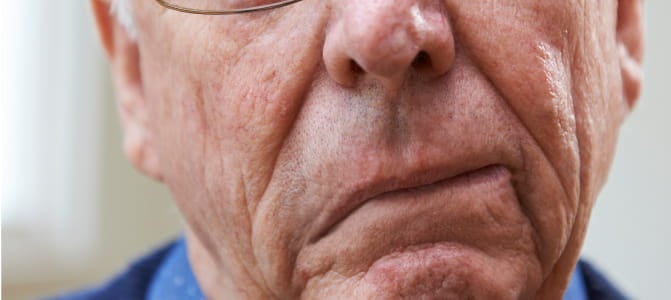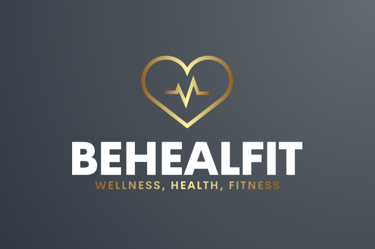Stroke: 5 Vital Signs to Recognize Immediately
Recognizing the signs of a stroke can save a life. Discover the 5 crucial symptoms you should never ignore. Act fast!
HEALTHBLOG-LIST
3/20/20253 min read


Imagine a situation where every second counts, where quick action can mean the difference between life and severe consequences. This is the reality when facing a stroke, a major medical emergency that affects thousands of people each year. Being able to recognize the warning signs is crucial for prompt and effective care. In this article, we will explore 5 essential warning signals that could indicate someone is having a stroke. Stay attentive, as this information could one day allow you to save a life.
In Brief
Sudden numbness or weakness of the face, arm, or leg, especially on one side of the body.
Sudden trouble speaking and understanding.
Sudden trouble seeing in one or both eyes.
Sudden trouble walking, dizziness, loss of balance or coordination.
Sudden, severe headache with no known cause.
1. Facial Drooping: An Immediate Alarm Signal
One of the most visible signs of a stroke is a sudden weakness of the facial muscles. Observe the person carefully: one side of their face may appear droopy, their smile may be uneven, or they may have difficulty closing one eye completely. Ask them to smile or show their teeth. If one side of their face doesn't move or droops, this is a major warning sign.
Source: World Health Organization (WHO) - Stroke symptoms.
2. Weak Arm: Inability to Lift and Hold
Another telltale sign is sudden weakness or numbness in an arm (or leg), usually on one side of the body. Ask the person to raise both arms in front of them, palms up, and hold them there for a few seconds. If one arm begins to fall involuntarily, or if the person is 1 unable to lift it, this may indicate a stroke.
3. Slurred Speech: Difficulty Speaking or Understanding
Communication is often affected during a stroke. The person may suddenly have difficulty speaking clearly, their words may be slurred, or they may have trouble finding their words. They may also not understand what you are saying to them. Ask them a simple question to assess their ability to respond correctly. If their speech is confused or incomprehensible, act quickly.
4. Sudden Vision Problems: One or Both Eyes Affected
A stroke can disrupt vision. The person may suddenly experience blurred or reduced vision in one or both eyes, double vision, or even total loss of vision. Ask them if they are having trouble seeing or if their vision has changed abruptly.
5. Severe and Unusual Headache: A Serious Alert
A sudden, severe headache with no apparent cause can also be a sign of a stroke, especially if accompanied by other symptoms. This type of headache is often described as the worst headache the person has ever experienced.
FAQ
What should I do if I think someone is having a stroke? Call emergency services immediately (911 in the United States). Every minute counts.
Does stroke only affect older people? No, although the risk increases with age, strokes can occur at any age.
Can someone recover from a stroke? Yes, many people recover from a stroke, especially if treatment is prompt and appropriate. Rehabilitation plays a crucial role in the recovery process.
Are there risk factors for stroke? Yes, certain factors increase the risk of stroke, such as high blood pressure, diabetes, smoking, obesity, and high cholesterol.
How can I help prevent a stroke? Adopting a healthy lifestyle, managing risk factors, and following your doctor's advice are essential for prevention.
Conclusion
Recognizing the 5 vital signs of a stroke – facial drooping, arm weakness, speech difficulties, sudden vision problems, and severe headache – is an essential skill that can save lives. Never ignore these warning signs and act quickly by calling for emergency help. Share this article with your loved ones to inform and raise awareness about this medical emergency. Together, we can make a difference.
